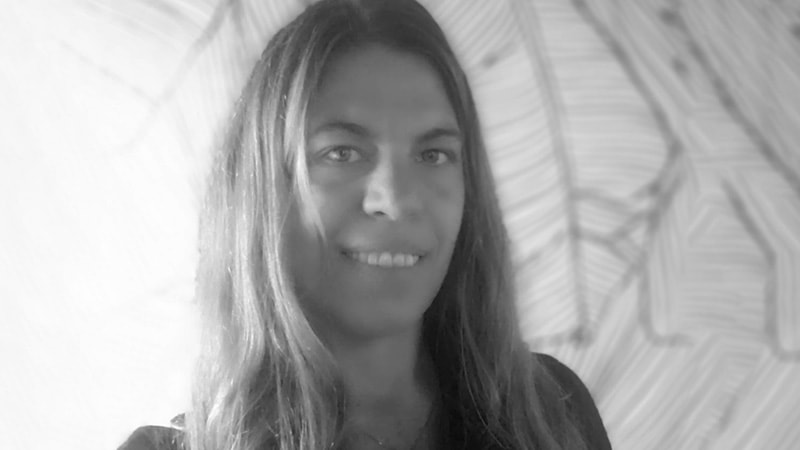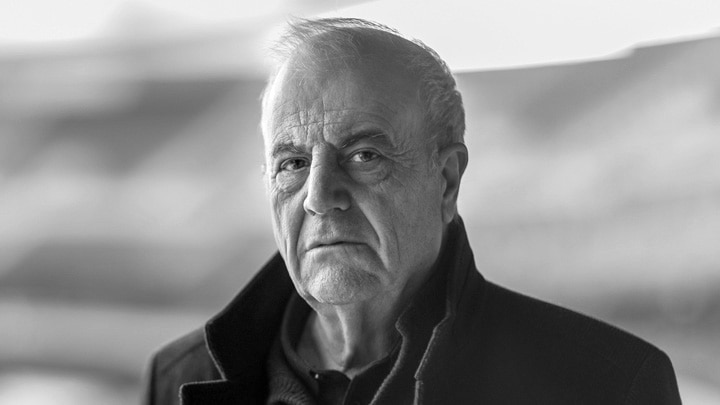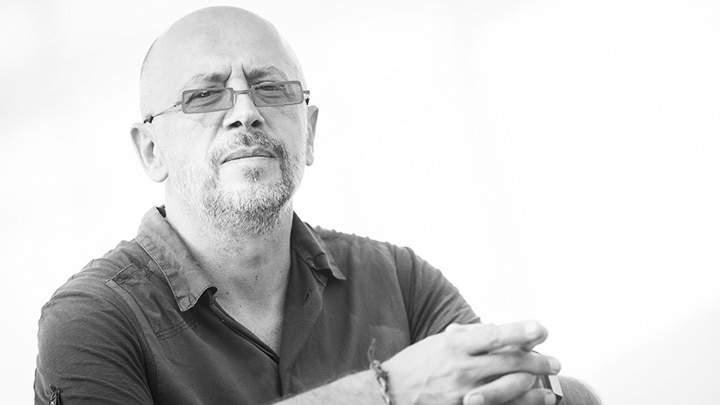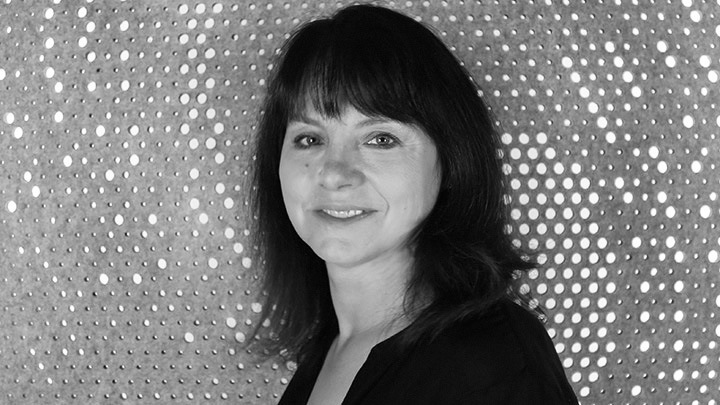My challenge as a lighting designer is to ensure everyone is as surprised as I am by the greatness and magic of light.”

Why did you become a lighting designer?
My dad found art in all things and inspired me, so I had an instant enchantment with light that began in my childhood. During my architecture undergraduate studies, I enhanced this with theater while working in a complex where I coordinated all the arts: scenography, costumes, props, painting, and lighting.
Since graduating in Architecture, I've focused on lighting full time for the past 17 years, my passion never diminishing.
In lighting design over the last 5 years, I’ve seen a decisive evolution when it comes to issues relating to connectivity and social causes.
How do you integrate light and lighting in your projects?
My work is driven by constant, persistent change observed over time. I'm particularly interested in evoking ephemeral moments through the use of artificial light as an architectural tool. I love to utilize experimental new technologies freely and intuitively, often collaborating with electricians, designers, and architects to develop new solutions.
My challenge as a lighting designer is to ensure everyone is as surprised as I am by the greatness and magic of light. Characteristics like reflection, contrasts, brightness, colors, and glorious plasticity make its use unlimitedly magical.
Describe three of your outstanding projects.
The projects that I love the most are the ones where you don’t see lighting as an important focus, but you see the whole. You feel the light and the space when the light has the perfect balance and integration with the architecture.
For the reconversion proposal that I carried out together with LED-LS for the La Positiva Seguros Building, we doubled the light intensity of the existing façade and the viewing distance of the project. Despite being indirect light, it illuminates the public space on the corner where the two streets intersect.
In the Bloom Tower project, the client needed the luminaires to be integrated into the facade; the constructive detail development allowed for 8 lines within the 2 building facades. By day they are imperceptible but when they’re switched on at night, they have a magic impact.
The other project that I really enjoyed was the Christ of the Pacific in Lima. The lighting design, made with just 11 Color Kinetics with a ColorReach of 290W, allows for very efficient night viewing. The consumption is minimum, and the impact is gorgeous.
What role do you see for connected lighting in future cities?
As designers, our responsibility is to balance social, economic, and lighting design benefits with minimal energy use. With regards to social benefits, dynamic light plays a fundamental role in the concept of connected lighting on an urban scale because of how passers-by or citizens connect and appropriate the spaces in which they live or walk at night. It allows a dialogue that adapts according to the circumstances of that day or moment, allowing the urban setting to be versatile.
I believe that lighting design is not just light. Connected lighting influences the daily life of everyone today; it connects, transmits, integrates.
Light is life because we need it to be able to breathe, as it nourishes oxygen-cleaning vegetation. It promotes well-being by regulating our biorhythm and hormonal functions in the day and leading us at night—our environment contributes to the sensations we feel.




Antonio Cruz
Antonio Cruz has developed various projects in many fields and on different scales with the signature of Cruz and Ortiz Arquitectos.

Dejan Todorović
It requires many years of study and work to reach a point where you can imagine that you control the light.

Jill Cody
If we find the right balance between light, surfaces and materials, we can create beauty in any space.